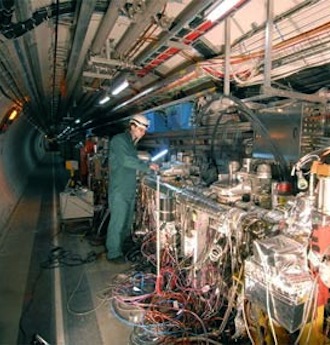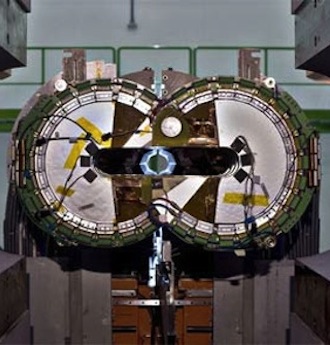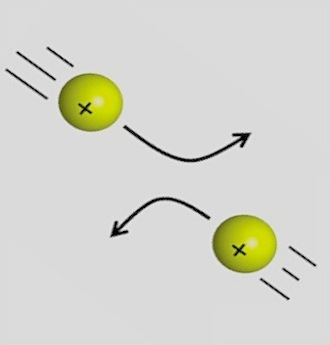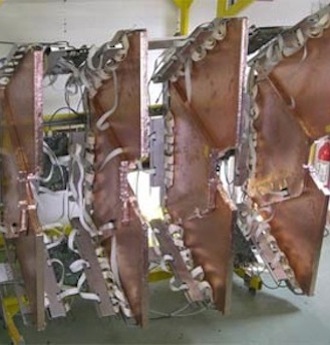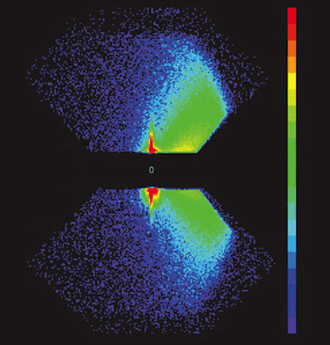TOTEM Masterclass on Proton-Proton Elastic Scattering
Purpose 
This exercise is multipurpose. In the optics of being an educational activity, it will allow the study of proton-proton elastic scattering on the basis of visual representations of events reconstructed in the TOTEM experiment; it will impart an understanding and appreciation of the challenging work being done at TOTEM and CERN in general; it will generate discussion amongst students and classmates about the results of the measurements.
Physics 
You should be familiar with the concepts of elastic collisions, which is characterized by the conservation of linear momentum and of kinetic energy, and with the concepts of diffraction phenomena, which occur when a wave encounters an obstacle or a slit. An elastic collision between two protons means that, during the interaction, neither of the protons are destroyed, but instead scatter elastically. Nuclear proton-proton elastic scattering exhibits an angular pattern which reminds of diffractive properties, a behaviour strictly connected with the wave-particle properties in quantum mechanics.
Procedure 
Rather than forcing you to grind through the usual data analysis procedures, the elastic events have been visually represented. The measurement performed by TOTEM is much more complicated than simply looking at two “objects” that scatter elastically. For instance background processes can simulate the final state of the one under study; furthermore, there are magnetic fields which affect the movement of the protons when they travel from the interaction point to the “Roman Pots” detectors location. Sophisticated computer programs are required to properly reconstruct and understand the data. Here however, the computer programs have already examined the data and converted them into a more approachable form.
Any event you recognize as elastic scattering should be selected into the provided program for later consideration. All background events should be disregarded. Once all of the events have been processed, you will be prompted to see the results of the measurement, which is related to the angular distribution of scattered protons.

